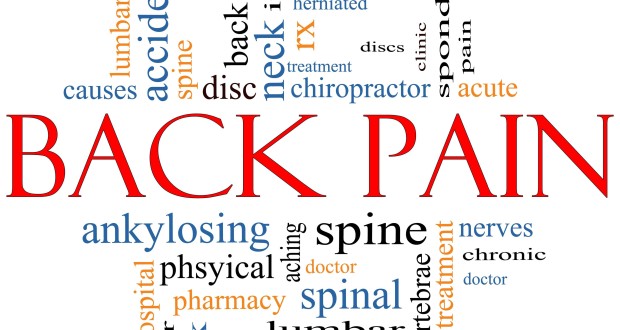At some point in your life, you’ve probably injured a muscle performing some kind of activity, and might have suffered from muscle spasms afterward. Muscle spasms are a nagging problem for many Americans, and can be bothersome for days on end. Fortunately, there are steps you can take to help heal your muscles and speed your body’s recovery process along.
Muscle spasms are the result of inflammation from overstretched or torn muscles; in this condition, the damaged muscles are also referred to as pulled muscles or muscle strains. Damaged muscles can often become inflamed, leading to spasms.
While spasms are certainly irritating, the following actions may reduce your pain:
For Back Spasms
- Apply an ice pack to the afflicted area. Cold ice packs help to reduce and stop swelling. If the back spasms continue, switch to a heating pad instead.
- Get as much rest as possible for about 2-3 days following the onset of the spasms.
- To take pressure off your back, try elevating your legs on pillows or a foot stool while sitting.
- It’s best not to dwell on your muscle spasms, so try and distract yourself by cracking open a book and reading.
- A drink that can successfully treat back spasms is rosemary tea. Specifically, rosemary tea treats the tension and tenderness brought about by back spasms. Be advised – this tea isn’t for drinking. Mix 1 teaspoon of fresh or dried rosemary into 1 cup of boiling water. After stirring the tea, let the mixture stand for 20 minutes. When enough time has elapsed, pour the tea through a coffee filter or paper towel; this will help ensure that residue from the herb doesn’t wind up in your tea. Wet a cloth with the tea, and apply it to the injured muscle.
- Spasms in the upper back area are often caused by poor posture. To avoid aggravating your upper back, try not to look down when you read; instead, hold your reading material in front of you at eye level. It’s also a good idea to walk with your chest pushing outward and your stomach tucked in.
For Neck Spasms
- The best advice is to pay a visit to a message therapist who can message the afflicted area. A professional message therapist should be well-trained in identifying and treating damaged muscles.
- Gentle stretching may alleviate some of the pain from the pulled neck muscles. At a slow pace, repeatedly turn your head left and right, then up and down. If you feel up to it, try rolling your head around in a circle. Don’t force your way through a turn if it proves to be too painful – the goal with these exercises is to gently and gradually reduce the pain from the spasm.
- As with other types of muscle aches, applying heat to an injured muscle can improve pain relief. One way to accomplish this is to soak a cloth in warm water, and then apply it to the muscle for about twenty minutes. You may also find a hot shower or bath to be useful in reducing muscle pain. If these options don’t work, try using a microwavable heating pad.
 Natural Knowledge 24/7 Educate yourself with nutrition, health and fitness knowledge.
Natural Knowledge 24/7 Educate yourself with nutrition, health and fitness knowledge.






